
Although the Sord m5 was not as popular as the ZX Spectrum, several of its clones were created during its era which spread under various names beyond the continent of Japan. Let's introduce them one by one.
🇯🇵
In Japan, there were several clones of m5
TAKARA
Takara was actually a gaming/toy company releasing games not only for Sord, for which it released several game cartridges. Takara's goal was obviously to present the m5 as a "game console" and appeal to the wider masses.
This clone was released in 1982, same year as the classic m5. Basically, it differs in name Takara from Takara Toys co., ltd. The visible changes were more or less cosmetic, the blue color of the keyboard plastic. Then the label ゲームパソコン under the lid meaning "gaming computer", sometimes on the lid the inscription Game M5 personal computer system. On the left side there was TV tuner channel switch, however, it was not unique only to this clone, it seems that it was present everywhere where the M5C-01 motherboard revision version was used.
There were 2 variants of the package, the version about 10,000 yen more expensive contained 2 joypads, Basic-I, a game cartridge and cost 59800 yen. The cheaper variant came out a year later and already lacked joypads. Included Basic-I, P-Editor, UFO and baseball games, Synthetizer

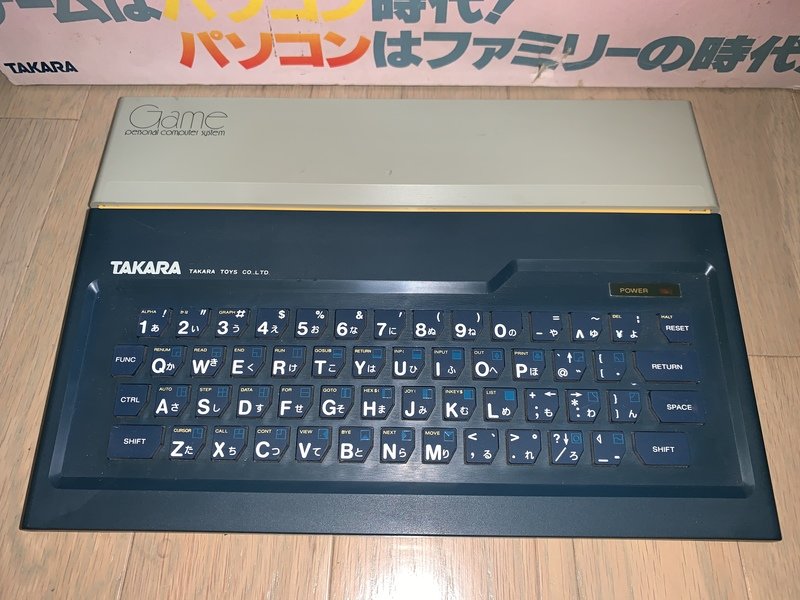











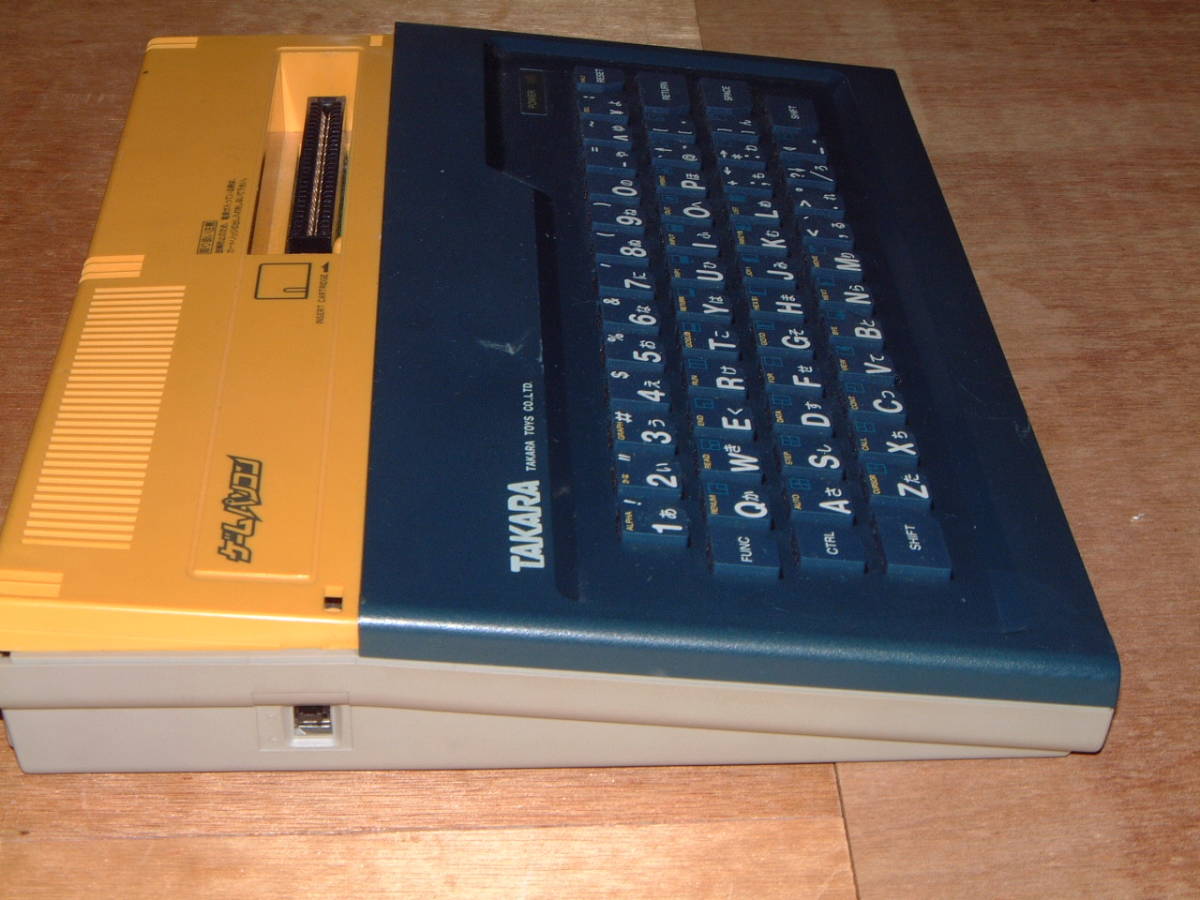


























M5 Pro
This clone was introduced in 1983. It was sold only in Japan, so only with the NTSC system. The price was set at 39800 yen. The Pro version, as it might seem from the name, is not an improvement on the m5, but, paradoxically, its cheaper version. I have no idea what Sord saved on, because the features and functionality is identical to the m5.
A similar motherboard as Takara was used, specifically the M5C-1B. This is smaller than the M5C-02x, the tuner was located next to the PCB at these revisions.
Visually, the Pro model is all white, except for the part under the lid, which is dark brown. Also like Takara, it has a TV channel switch on the left side.


















M5 Jr
Like the previous clone, the M5 Jr was released in 1983. The Jr was really a model that was a simplified version of the m5. It misses printer connector, audio and composite output, so only connection was possible through the TV. The PSU was placed inside the computer, and the connectors for joysticks moved to the front. Thanks to these savings, Junior got a price tag of 29800 yen. The motherboard is in revision M2C-01A for this model



Sanno
Previous clones M5 Pro and Jr also appeared in Japan under the Sanno Primary Computer brand. The Jr model was specifically designated SPC 84S. They don't seem to be functionally different from the Sord relatives. There is not much information about these models on the Internet thou.
The Sanno Institute of Management (産業能率大学, Sangyō Nōritsu Daigaku), also stylized SANNO Institute of Management, is a private university established in 1979 in Isehara, Kanagawa Prefecture Japan. It offers highly interdisciplinary and practical programs in the field of management and information science.
Sanno later also released several MSX computers.






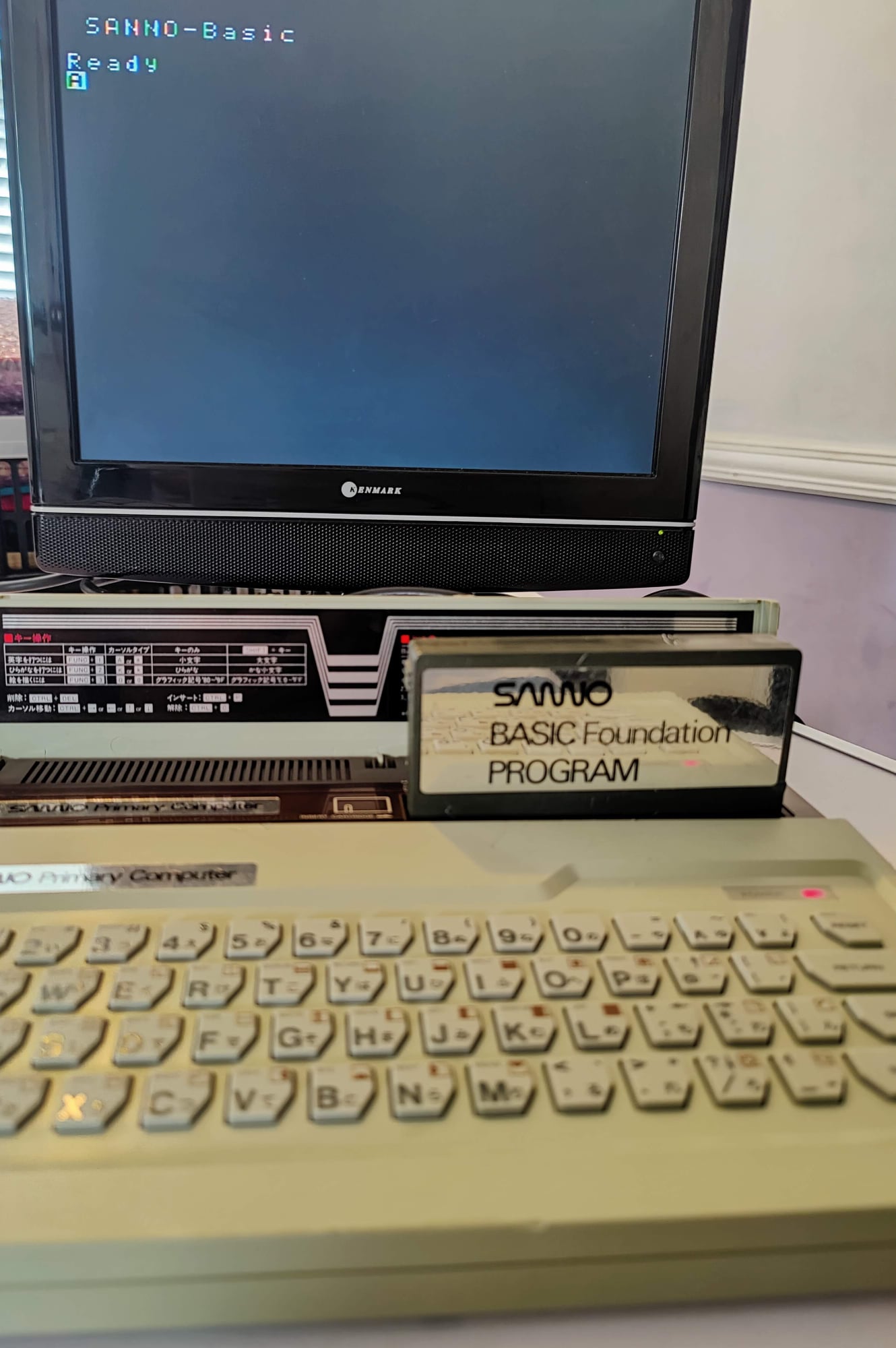















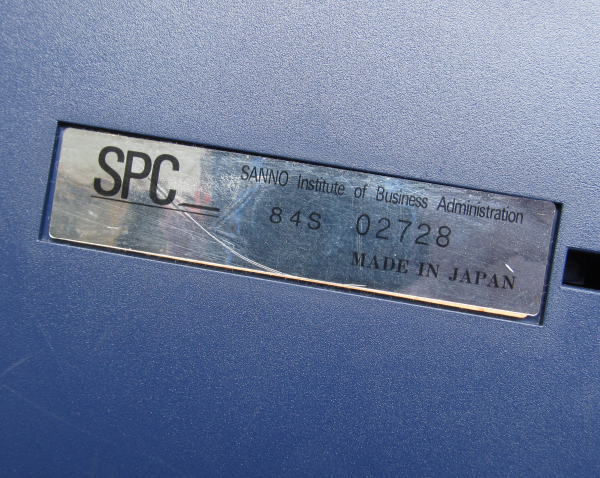






🇰🇷
Now we move to South Korea
Goldstar FC-150
Although the FC-150 was declared an original product, it was clear that it was a replica of the m5. It was probably the most widespread m5ka clone in Korea. FC stands for Family Computer , which was abbreviated as FAMICOM . Unfortunately for Goldstar (now LG), Nintendo also named its products FAMICOM, which slightly hurt the Korean computer. When the FC-150 was introduced in December 1983, cartoonist artist Ko Woo-young appeared as main character in ads on FC-150.
Although the motherboard of approximately the same size as the m5 was used inside the machine, the size of the FC-150 is considerably larger. The hardware FC-150 fully corresponds to the m5. Also, the software was identical to the Sord. According to some sources, the cartridges were compatible, others claims did not. However, it is evident that the Goldstar cartridges will not be able to be inserted (in the package) into the m5 slot due to the absence of the notch. However, it will not work the other way around either, as the original Goldstar cartridges have a beveled left rear side. The price at that time was 266200 won, including BASIC-I.



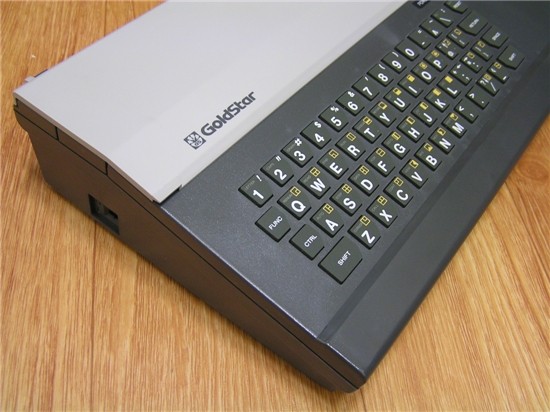










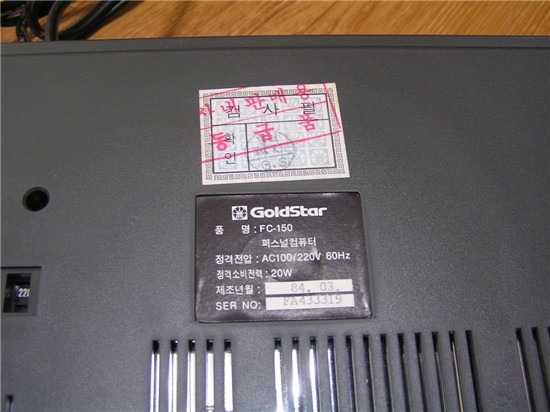






























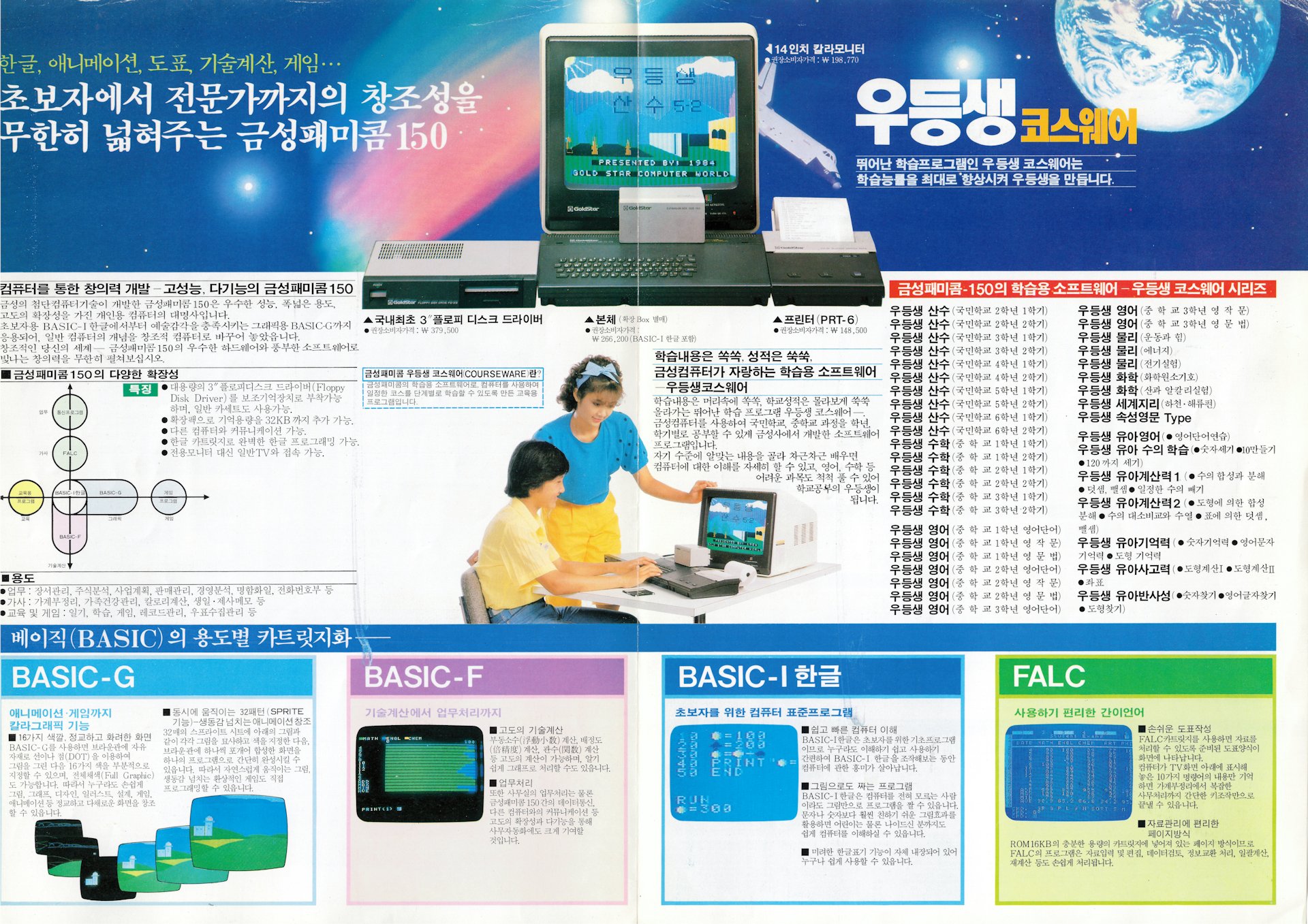








Here is a copy of the Practical Interface Technique manual. If Korean is not your hobby, try translating the images using this page https://translate.yandex. com / ocr . It works surprisingly well.

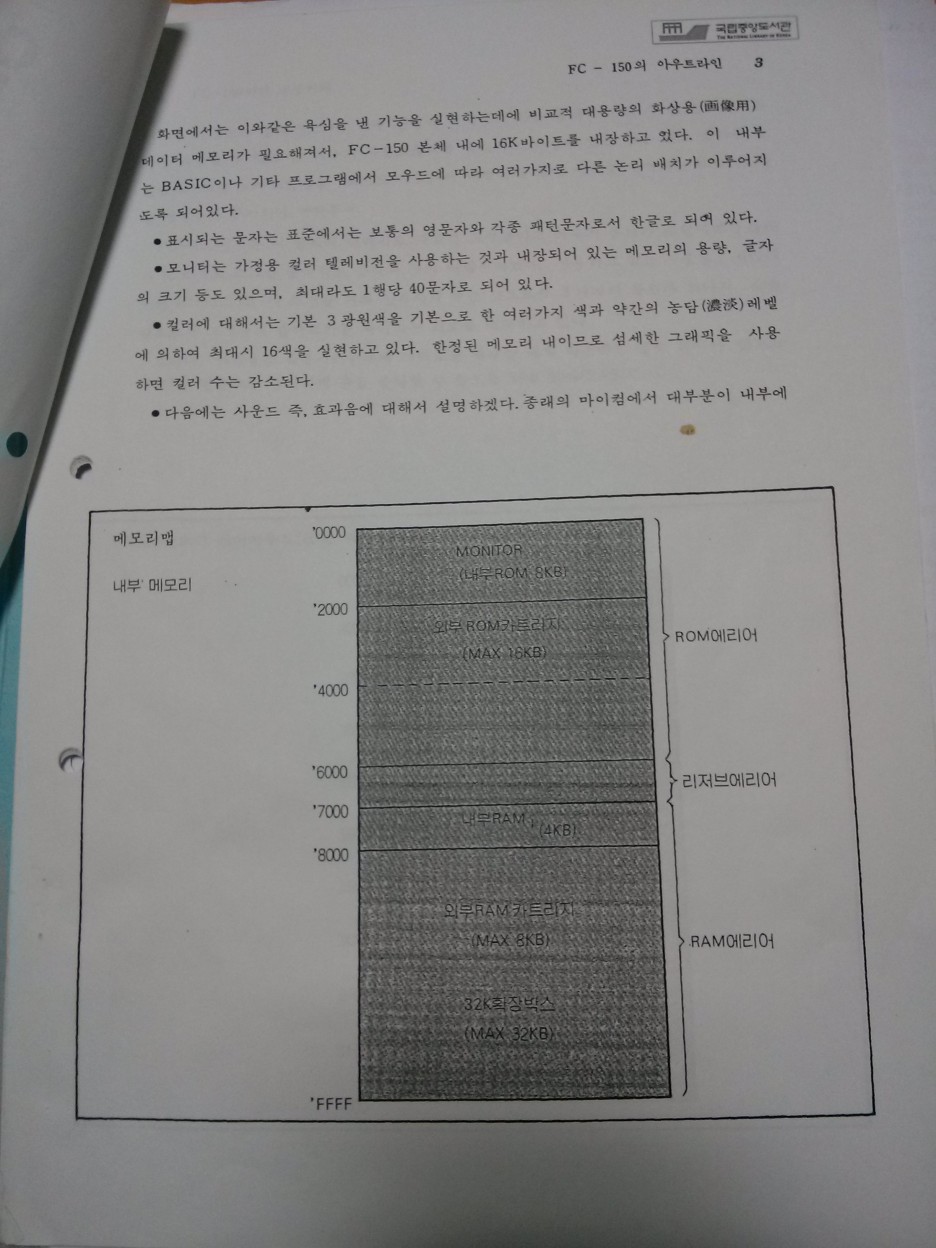
















Tommycom
Another representative is TOMMYCOM from Koryo Systems , a branch of Korea Pharmaceuticals (now Hanwha), which was an IBM certified distributor in 1980. It was also known as KSYS-800 .
In appearance, the computer does not resemble m5. The keyboard is not rubber, the space bar is already positioned as the modern keyboards. The cartridge slot is on the right side and isn't compatible because it has only 44 pins. Interestingly, the computer, unlike other clones, does not contain the customer chip GA015 and is solved by standard circuits.
The Romset available on this computer was the same as the other clones.




















Samsung SPC-500
The latest clone from Korea is Samsung's SPC-500. Although it is a Samsung product, there is close to zero information about this device on the internet. I have not found pictures of this computer from all sides. Mostly only flyers are available. From these you can read the recommended price of 238,000 won. The computer was released sometime around 1983-84 after the SPC-1000, which Samsung released as its first computer.
We will also see from the flyers that this machine has 16kb RAM! And that the ROM slot uses a 50-pin connector, another incompatibility. Other parameters corresponds to the m5.



















🇺🇸
SOCIUS
On the US market was Sord m5 known as Socius m5 for $200. Further info unknown.



🇬🇧
Our journey ends in the Europe
CGL
The last clone is CGL , named after Computer Games Ltd. , a London distributor that imported handheld LCD games to Europe in addition to the M5. In the UK, it was sold for £195.00 with BASIC-I, which was more than the ZX Spectrum, which at the time cost £ 149.99. Sord didn't have it easy in the already oversaturated computer market, whose software was not as rich as its competitors. (perhaps because of this) CGL also offered a "Starter Pack" that included these components.
- m5
- cassette recorder
- Basic-I
- Basic-G with manual
- manual and user guide
- power supply
- all needed cables
By September 1983, the CGL/Sord M5 was selling for £150 (£510 in 2022 money) and had entered Personal Computer News' Top Twenty chart at number 19. The number 1 at the time was the Sinclair Spectrum, at £99 (£340). This price marked a £40 discount from its previous level at round £190 (£650), even though it was originally intended to sell for just £100. Sord was not alone in having to keep up with the savage price wars raging during the latter half of 1983, but at least it was generous to owners of existing machines - if a proof of purchase was taken to a Sord retailer, the owner could pick up a free copy of the BASIC G language, worth £35.
In appearance, CGL differed only in the color combination, which was not as colorful as the classic m5. CGL chose light gray with a combination of dark gray-blue keyboards. The large label M5 stood out on the hinged lid and the CGL HOME COMPUTER above the keyboard.

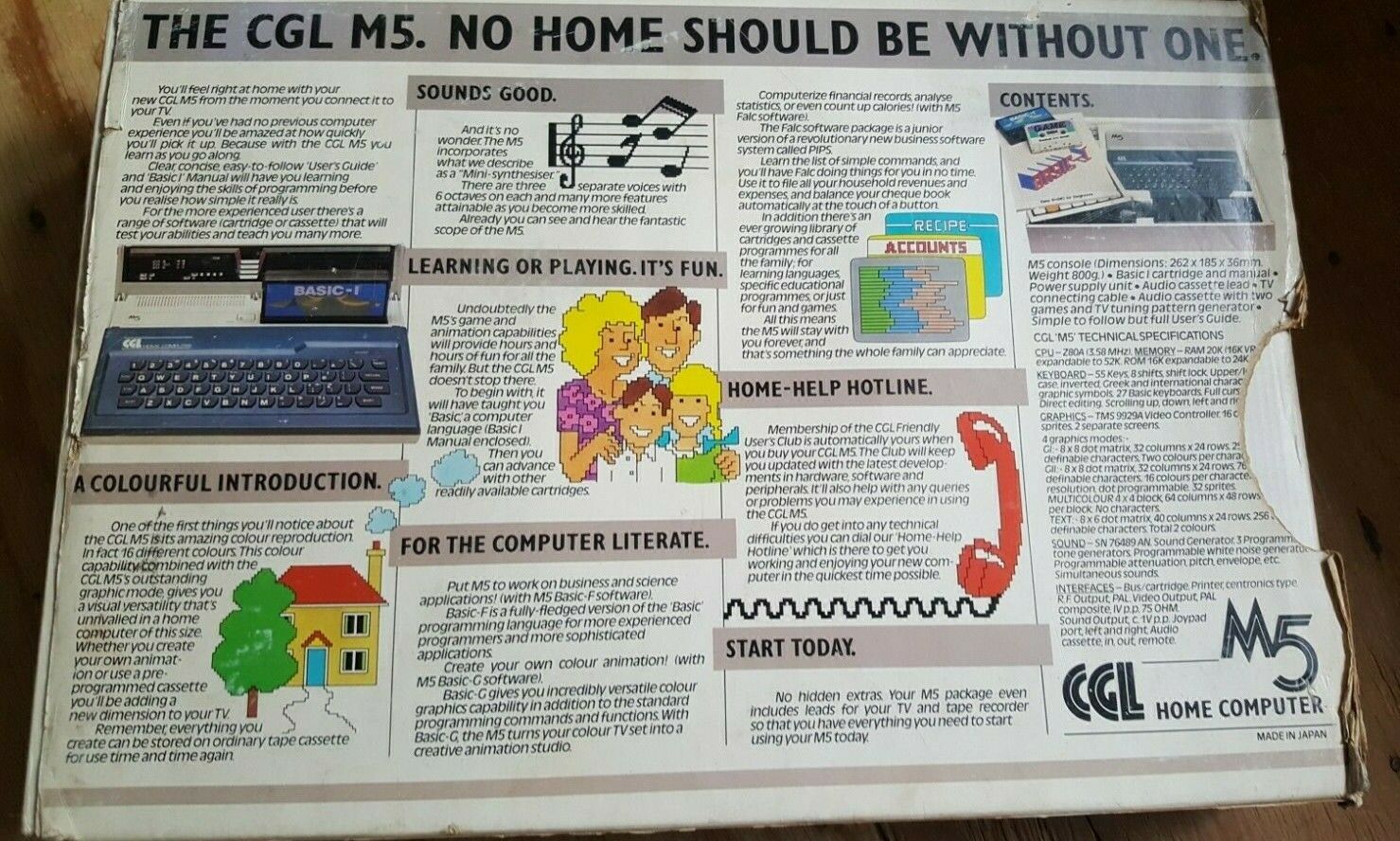













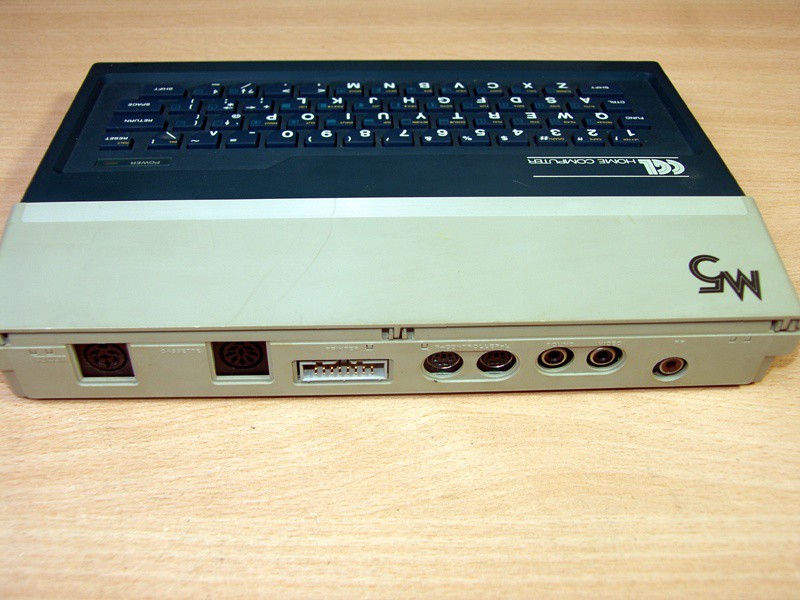








Images and information were used from sources below, for which I thank the authors very much. My text is a compilation of information I've found. If someone knows something that is not listed here, please leave me a comment, I will be happy to add it here. Thanks.
- http://blog.livedoor.jp/hardyboy/archives/9450088.html
- http://blog.livedoor.jp/hardyboy/archives/9450546.html
- https://randoc.wordpress.com/2021/02/21/sord-m5-pro/
- https://quick09.tistory.com/168
- https://zecca.tistory.com/185
- https://ko.wikipedia.org/wiki/%EA%B8%88%EC%84%B1_%ED%8C%A8%EB%AF%B8%EC%BD%A4
- https://namu.wiki/w/%EA%B8%88%EC%84%B1%20%ED%8C%A8%EB%AF%B8%EC%BD%A4
- https://bbs.ruliweb.com/hobby/board/300431/read/18114644
- https://www.retrocomputaria.com.br/2014/09/11/mosca-branca-do-dia-sanno-primary-computer/
- Muzeum Henryho Hamagawy | Muuseo
- https://www.liquisearch.com/sanno_institute_of_management
- https://www.facebook.com/groups/59667560188
- https://blog.naver.com/jinslove4u/30164362245
- MICROSOFT WEAR OVERSHOE OBSERVER AT THE NATIONAL LIBRARY OF CENTRAL LIBRARY (SAMSUNG SPC-500): NAVER BLOG
- 고려시스템 타미컴 & 두더지 : 네이버 블로그 (naver.com)
- https://www.retrogames.co.uk/035894/Other-Formats/CGL-M5-Home-Computer-Boxed
- https://www.binarydinosaurs.co.uk/Museum/Sord/index.php
- https://nosher.net/archives/computers/your_computer_1984-01_006
- https://m.blog.naver.com/PostView.naver?blogId=backmr&logNo=50266354&navType=by

wow, what a read! I had an m5, bought from Sord direct in Ireland. Amazed at how the machine had so many variants..
I still have a Sord m23 here, and twin 8″ disk drives and a copy of CP/M.. I think You should try and revive it!
Also, is that a floppy drive in one of Your videos? Please do a write up of this!!